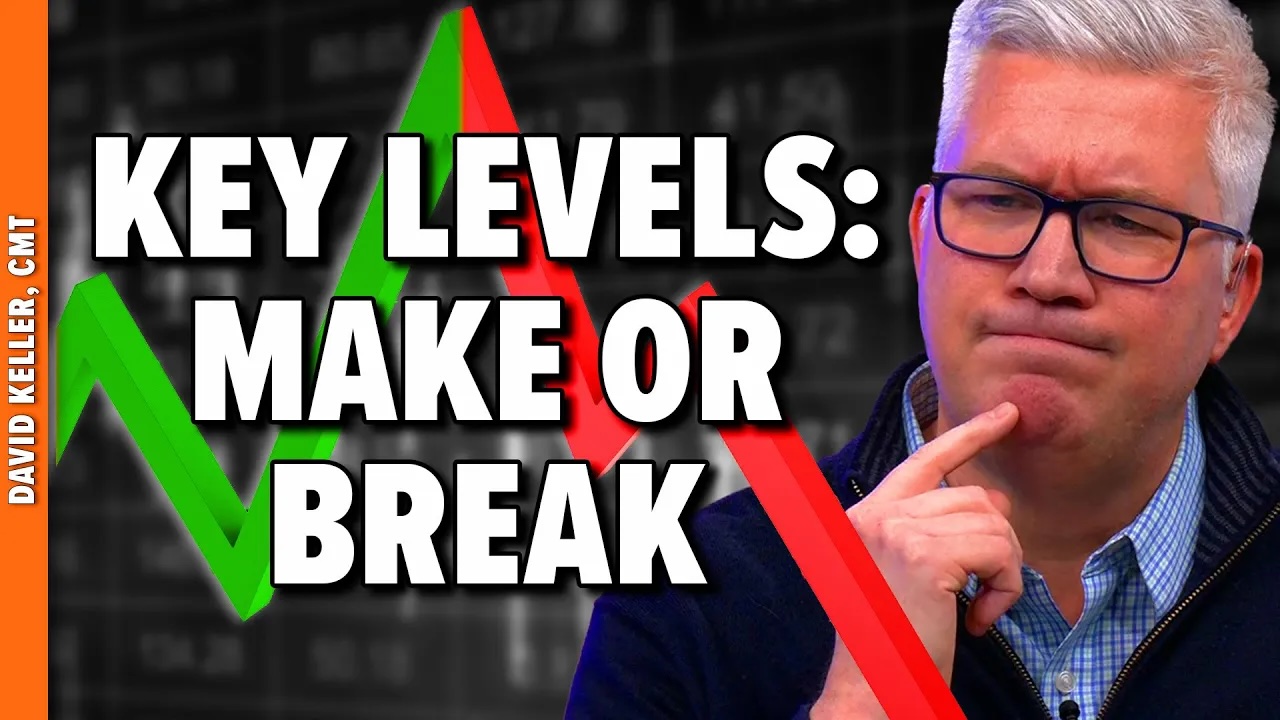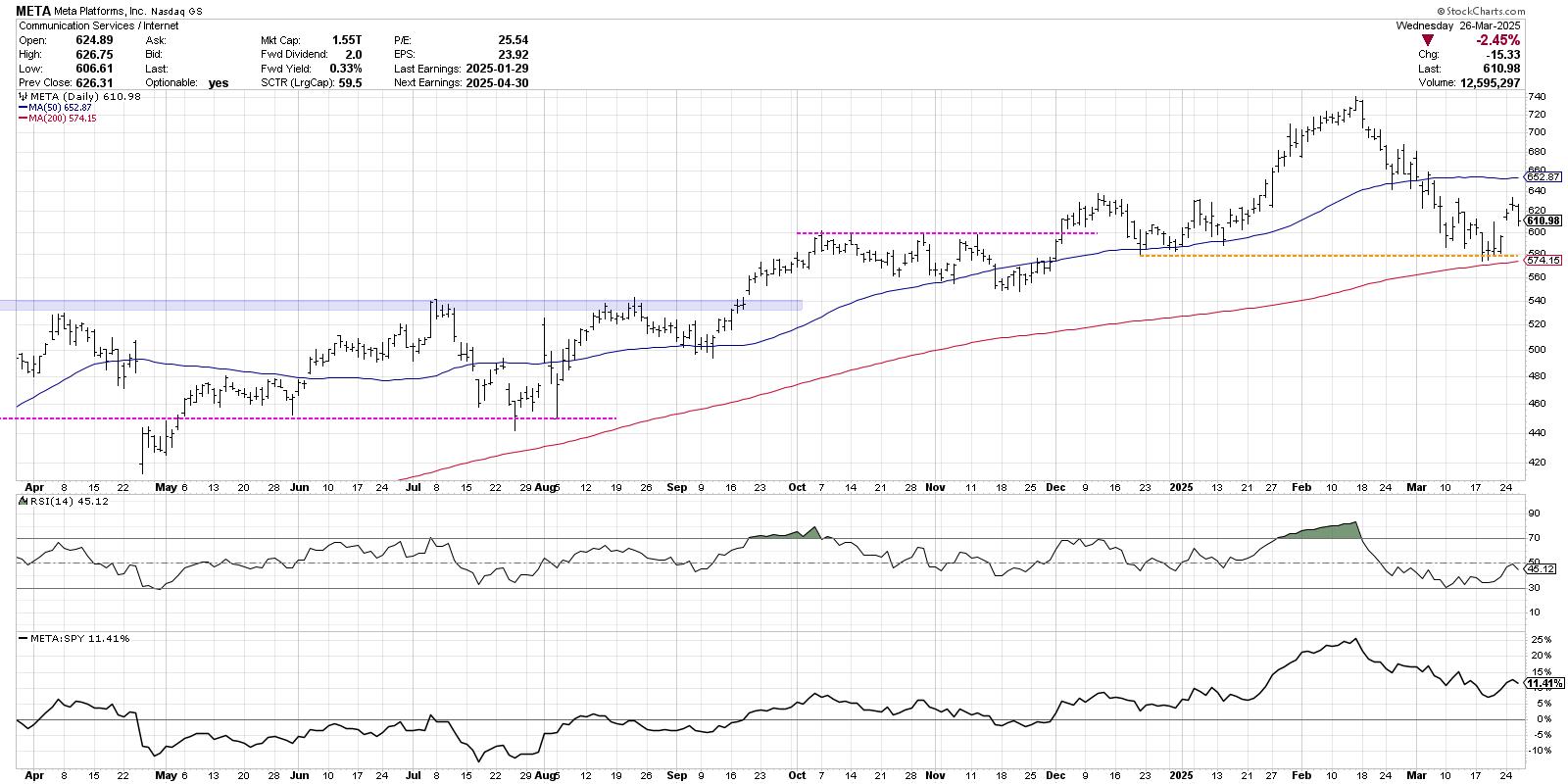 I am on record stating that most technical analysts do not trade with real money. I have no hard data to support that brash statement, rather it is my observation after speaking at hundreds of seminars and conferences and knowing hundreds of technical analysts. Many are famous. Many call themselves traders, yet most could not produce their P & L statement if they had to. I truly have no problem with that, if they are good educators and not misleading their audience that they manage money or trade real money based on their analysis. Lots of market technicians like to do the analysis and talk about their approach, but fail to actually execute trades based on their analysis. How do I know? Because that was me for the first 20 or so years in this field, and I’m sure I’m not alone.
I am on record stating that most technical analysts do not trade with real money. I have no hard data to support that brash statement, rather it is my observation after speaking at hundreds of seminars and conferences and knowing hundreds of technical analysts. Many are famous. Many call themselves traders, yet most could not produce their P & L statement if they had to. I truly have no problem with that, if they are good educators and not misleading their audience that they manage money or trade real money based on their analysis. Lots of market technicians like to do the analysis and talk about their approach, but fail to actually execute trades based on their analysis. How do I know? Because that was me for the first 20 or so years in this field, and I’m sure I’m not alone.
Technical analysis is universal; it attracts folks from all walks of life. Why? I think because it is a simple approach to understanding the market and in particular, market price action. I say simple because if you compare it to fundamental analysis, with its hundreds of financial ratios, academic formulae, etc.; it really is simpler. Engineers, mathematicians, and the like are also attracted to technical analysis because of the numbers and formulae; however, they also know this is not science (at least I hope they know). These are some of the reasons I gravitated to it.
An example of the nonsense of fundamental analysis, especially the academic stuff, is using the discounted cash flow model to estimate what a stock’s price should be. This is a financial model that requires at least 6 inputs; most of which are educated guesses. The problem is simple, garbage in – garbage out. Small changes in the input (errors) can result in large changes in the output (even bigger errors). Talk about unchallenged nonsense. I guess my engineering background causes me to challenge academia so much, and I sort of enjoy it (actually, I really enjoy it). Living and working in the ivory tower of academia or sterile laboratory of modern finance must be a wonderful life, out of professional courtesy no one challenges their colleagues.
Technical analysis is fun. It is wide-open, inasmuch as how you can approach the analysis of price. Just look at the indicator library in any technical analysis software; desktop or web-based. StockCharts.com alone has thousands of indicators to help you analyze the market, stocks, ETFs, mutual funds, on and on. ChartSchool is probably the best source to learn about technical analysis that exists today – and it is free.
So then, if technical analysis is simpler than other methods, offers many approaches on how to do analysis, and many free high-quality resources are available, why should execution be a problem for most? There could be many reasons why execution is difficult, but I think that lack of confidence in one’s analysis is the most common. That was certainly an issue for me in my earlier days. If you use Elliott, Gann, Fibonacci, angled trend lines, overbought/oversold and a few other esoteric methods of analysis, you just might just have a confidence issue. That is because these methods of analysis are based upon extreme subjectivity. For example, if you asked five Elliott Wave aficionados to analyze the past year, you would probably get five different responses; maybe six if one can’t make up his mind. If you use a methodology that defines clear signals on what to do, you will hopefully have the confidence to pull the trigger and actually trade. Additionally, using a methodology that fits your trading personality (time frame and risk tolerance) and works in different markets will greatly assist you in execution. Trend following with rules is what works for me. Technical analysis without execution is not trading; it is just a hobby.
Dance with the Trend,
Greg Morris






